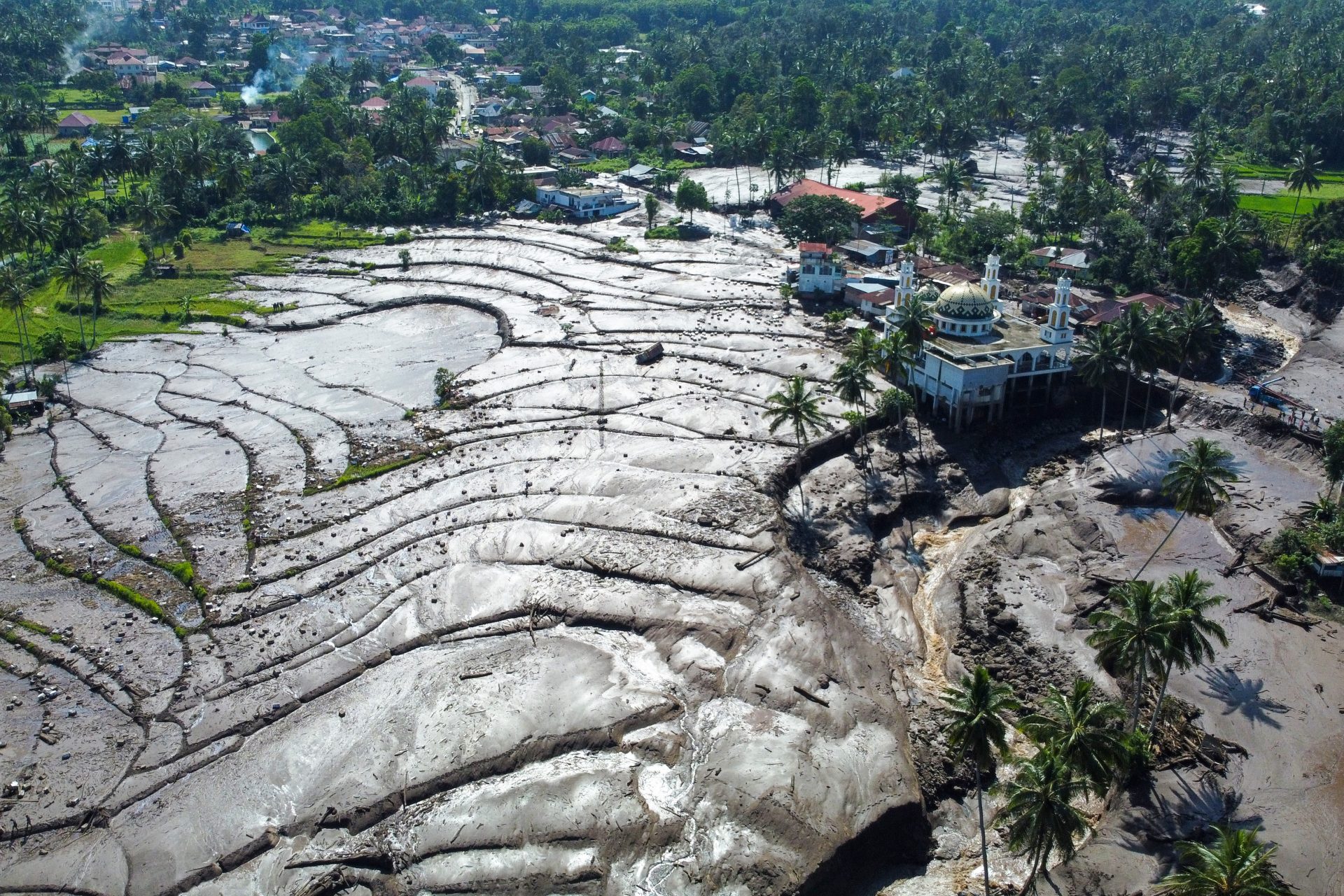In numbers: the effects of climate change
The planet is on the verge of chaos. In less than 50 years, the population has grown from 3.7 billion to 7.6 billion and the demand for resources has triggered a series of factors that affect climate and, consequently, life on earth. This gallery sums up the data collected by the UN on the impacts of global warming.
Fires in Greece, California, Australia, and the Amazon, causing shocks all over the world, are part of a much larger crisis. More than 100 million hectares of forests have been sacrificed worldwide.
Deforestation causes the emission of 25% of greenhouse gases. In addition, the constant exhaustion of drylands by farming, mining, and overgrazing is causing the desertification of 3.6 billion hectares.
Some 500 million people live in areas affected by desertification, vulnerable to drought, heat waves, sandstorms and fire hazards.
Some 1.6 billion people depend on forests for their livelihoods, including 70 million indigenous people.
A total of 52% of the land used for agriculture is moderately or severely affected due to soil degradation.
Between 1880 and 2012, the average global temperature increased by 0.85 degrees Celsius. For each degree increased, cereal production decreases by about 5%. During this period about 40 tons less corn, wheat and other important crops were produced.
According to the UN, 1/3 of the food produced in the world is lost due to different causes in different countries. The waste strongly affects food security.
Around one million species are threatened with extinction, representing approximately 25% of all animals and plants in the world.
The most effective way to safeguard species is to keep them in their natural habitats. Native peoples play a key role in protecting biodiversity.
About 80% of the total agricultural land is occupied by livestock. Meat consumption demand is expected to grow by 76% by 2050. Many forests are being cleared to grow soybeans for grazing.
Unsustainable use of land and sea, direct exploitation of organisms, climate change, pollution and invasion of foreign species are some of the factors that threaten biodiversity.
The burning of fossil fuels is the main factor responsible for the emission of CO2 into the atmosphere. By 2017, only 57 countries were on track to sufficiently reduce their emissions by 2030.
Air pollution is, according to the UN, the main environmental factor contributing to morbidity worldwide: it causes between 6 and 7 million premature deaths.
The population of cities, especially in countries with a tendency towards rapid urbanization, is the most exposed to air pollution, especially fine particles.
Each year, about 300 to 400 million tons of heavy metals, solvents, toxic sludge and other materials from industrial installations are discharged into the sea.
More than 85% of the wetlands that existed in 1700 no longer exist.
The scarcity of drinking water is another consequence of pollution and climate change. Around 2.3 billion people worldwide live without access to adequate sanitation and 1.4 billion die from preventable diseases such as diarrhoea.
Global warming has also contributed to a rise in sea level between 1901 and 2010, due to melting glaciers and snowfalls.
Changes in the oceans affect at least 267 marine species: 86% of turtles, 44% of birds and 43% of mammals. Through the food chains, we also suffer the consequences.
Every ten years since 1979, the Arctic has lost about 1.07 million square kilometres. As a result, many animals cannot adapt quickly to the new scenario, and their existence is conditioned on their ability to migrate elsewhere.
Fishing has had an increasingly negative impact on marine ecosystems. Around 33% of all fish species are overexploited and 60% of this population to the point of being unsustainable.
According to the UN, 66% of marine ecosystems have been severely altered. Half of all coral reefs have disappeared since 1870 due to warming oceans.
The rapid depletion of marine species makes it difficult to keep global fisheries and their associated jobs viable. Each year, they generate $50 billion less.
Fertilizers seeping into coastal ecosystems have already produced more than 400 'dead zones' in the oceans - a total of 245,000 square kilometres.
The increase of human migration is in large part caused by the consequences of climate change.
According to the Internal Displacement Monitoring Centre (IDMC), by 2018 around 17.2 million people had to leave their homes due to the consequences of natural disasters.
Tourism also affects the environment. Between 2009 and 2013, carbon dioxide emissions from tourism-related transport and food consumption increased by 40%, which made them 8% of the total amount of greenhouse gases disseminated on the planet.
The current contributions determined for each country in the Paris Agreement (2015) account for only 1/3 of the actions required to keep global warming below the mark of 2 degrees Celsius.
Warming up no more than 2 degrees is an essential target. To achieve it, worldwide greenhouse gas emissions should decrease with 40 to 70 percent by 2050. Then, they should fall to zero by 2070. An immense task, but not yet impossible.
More for you
Top Stories











































